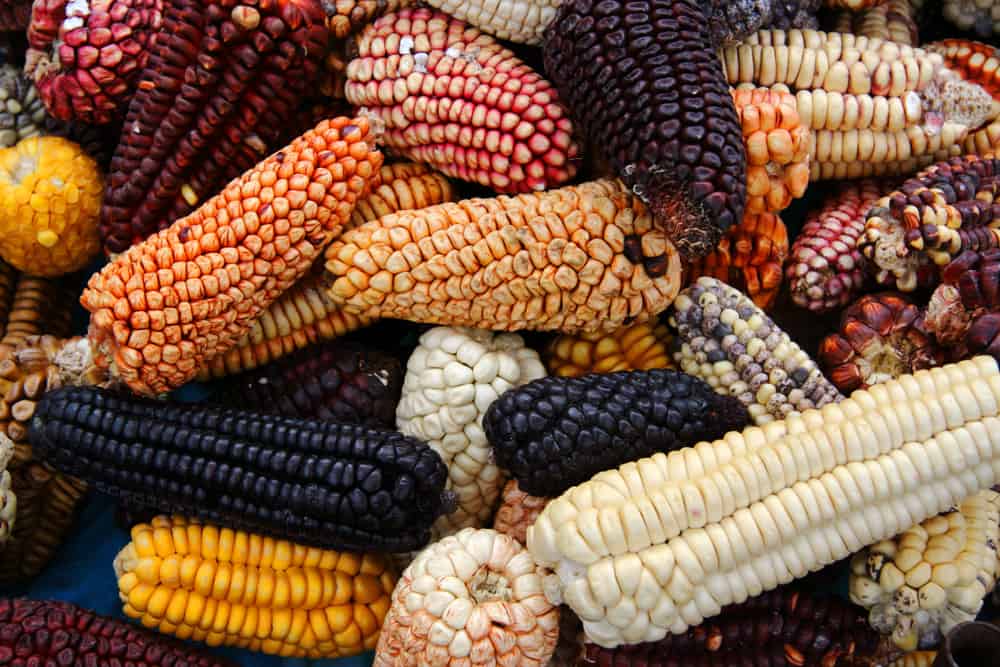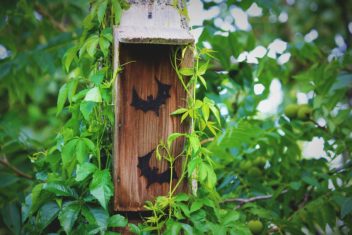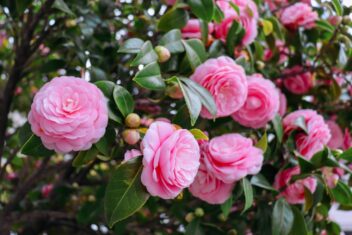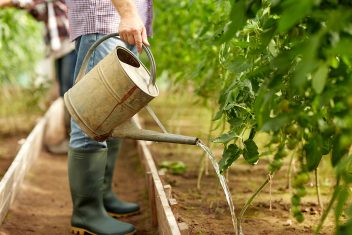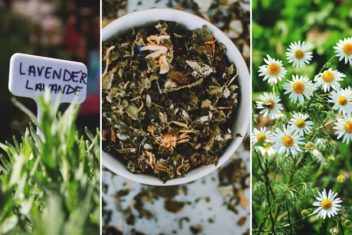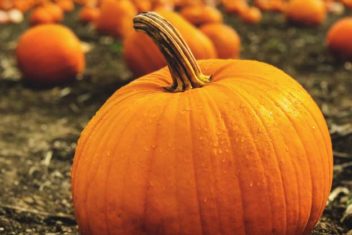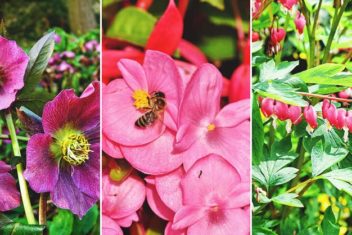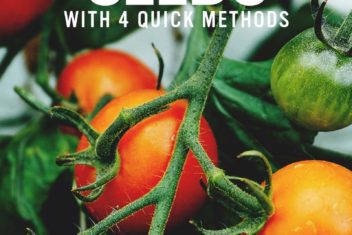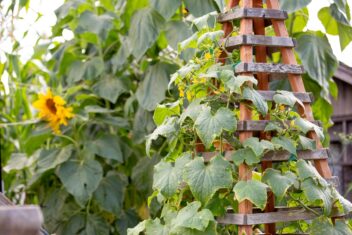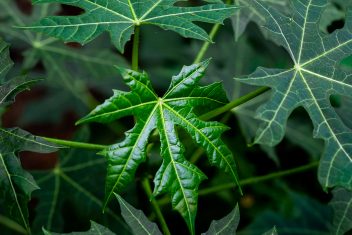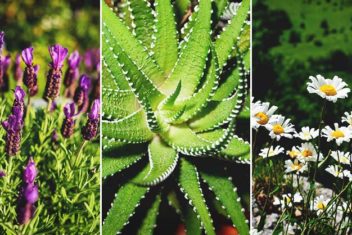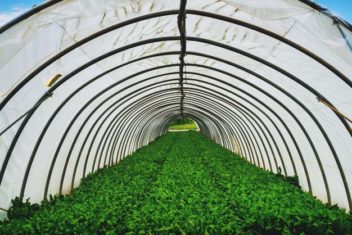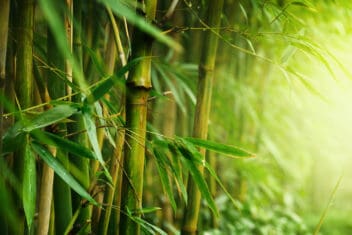If you’ve been gardening for some time, you’ve probably noticed that plants thrive best in environments similar to those in which they evolved. This is why it’s easier to grow tomatillos in southern California than in Colorado.
If you’re interested in growing corn, your best option for success is to cultivate a variety that was developed in your area (or in a zone that matches it).
Below are 18 indigenous corn cultivars to consider. They’re all heirloom, heritage varieties, and would make excellent additions to your garden or homestead.
1. Hopi Turquoise
Very few edible plants are naturally bright blue, but ‘Hopi Turquoise’ corn is one of them. It was initially cultivated by the Hopi people of Arizona and thus thrives in dry, hot locations similar to the American Southwest.
That said, it’s a reasonably resilient plant that can handle temperature and humidity fluctuations well. Each stalk grows to about five feet, and the single ears mature in 90-95 days. Seed Kingdom sells seeds in a wide variety of quantities.
2. Pima White
The Akimel O’odham and Tohono O’odham peoples of the Sonoran desert cultivated this beautiful corn for centuries. It’s gorgeous, but can be difficult to find outside the Southwest. This quick-ripening corn is ready to harvest in 60 days and can thrive with little water.
Like other flint corn species, it’s ideal ground into flour for cakes and flatbreads. Furthermore, it’s sweeter than many other flints, and makes an absolutely delicious cornmeal porridge.
3. Bolita Belatove
Speaking of Southwestern varieties, this indigenous corn cultivar from Mexico thrives in the SW, as well as throughout Mexico and Central America. It’s a stunning pink color, and creates a pinkish-mauve flour when milled. As you can imagine, this allows people to make beautiful dishes such as pinkish tortillas and arepas—perfect for parties!
Note that many sources won’t ship these seeds out of the USA.
4. Abenaki Rose
While we normally eat tender corn on the cob, Indigenous peoples generally milled dried corn into flour instead. This cultivar was grown around the St. Lawrence Seaway in areas that now comprise Newfoundland, Quebec, the Maritime Provinces, and the New England States.
This variety is quite beautiful, with pink-tipped, cream-colored kernels. The kernels are excellent transformed into hominy, or milled into flour for porridge, bread, and cakes.
5. Glass Gem
Some plants are almost too beautiful to eat, and ‘Glass Gem’ corn certainly falls into that category. It’s rumored to have been crossed from Osage, Pawnee, and Cherokee varieties, and the kernels look like vibrant precious gems.
The modern variety was cultivated by Carl Barnes, who wanted to honor his Cherokee heritage by preserving this ancestral food.
Although this corn is almost too stunning to consume, you can grind it into flour, or use it to make popcorn. Pick up some seeds from Harley Seeds at Amazon.
Personal note: I’ve grown this corn in southern Quebec and northern California, and it fared much better in the latter area. If you’re in a temperate or cooler Zone lower than 7b, skip this variety. It needs the heat and full sun of the Southwest to thrive properly.
6. Mandan Bride
The Mandan peoples of North Dakota cultivated this corn, which is one of the most beautiful varieties on this list. If you’re in love with all the hues of an autumnal sunset, then you need to grow this cultivar.
Not only is it stunning, it creates a delicious meal that can be used to make some of the best grits you’ve ever eaten.
Display the ears as part of your autumnal celebrations, then grind the kernels into flour and enjoy! Purchase some seeds from Amazon.
7. Gaspé Flint Corn
If you’re short on space, and your growing zone is between 3 and 6, consider this heritage Canadian cultivar. It was initially grown by the Mi’kmaq peoples of Canada’s Maritime provinces and areas of Massachusetts and Maine.
This corn only grows to about 2.5 feet high, making it ideal for small gardens. Although you can’t eat it fresh off the cob, it’s ideal for milling into flour. Additionally, the kernels can be softened by boiling, and are lovely in autumn soups and winter stews.
8. Cherokee Gourdseed
While many other indigenous corn cultivars on this list originated in the Southwest, Cherokee Gourdseed corn is from the Appalachians.
It’s one of few varieties from the Eastern Woodlands that are still grown in that area and is a beautiful, nutty cultivar ideal for grits, stuffings, and breads. The huge ears take about 125-130 days to ripen but are worth the wait.
We’ll touch upon companion planting further below, but consider growing this corn alongside other Cherokee nation seeds when creating a permaculture guild.
9. Navajo Robin’s Egg Blue
This indigenous corn variety may not be as vibrant as ‘Hopi Turquoise,’ but it’s stunning nonetheless. Originally cultivated by the Navajo people of Arizona and New Mexico, it creates a soft, sweet flour when milled: ideal for tortillas and other flatbreads.
The plants mature in around 100 days, and are drought-tolerant.
10. Bear Island Chippewa
Try this one out if you’re looking for a great cultivar for colder climates. It’s an Ojibwe variety that originated in Minnesota but also spread through Manitoba and Ontario. It’s similar to other species from the Dakotas or Montana, but its kernels are more red-bronze than multicolored.
Like the other heirloom varieties here, it’s a flint corn ideal for sweet corn cakes and breads.
11. Cudu
‘Cudu’ is another ancient Montana cultivar that’s both gorgeous and delicious. Its white ears are spotted with dark blue, and the kernels create a nutty, cream-colored flour when milled. This variety has a sweet, delicate flavor that’s ideal for cornbread, cakes, dumplings, and cookies.
Try mixing it 50/50 with amaranth or wheat flour to make bannock!
Plants take approximately 85 days to mature and are quite cold-tolerant.
12. Assiniboine Flint
This flint/milling cultivar has been grown in southern Manitoba and North Dakota for hundreds of years. As a result, these plants grow well in cool weather and are both frost and drought-tolerant.
Like most other indigenous corn varieties, these cobs can’t be eaten fresh. Instead, the flint kernels need to be dried and ground into cornmeal before using.
13. Maiz Morado
If you’re cultivating a gothic garden, this black corn variety is perfect. The original ‘Kulli’ variety is an indigenous corn from Peru, but ‘Maiz Morado’ has been adapted to suit more northern climates. It’ll even grow as far north as Montana or Saskatchewan!
It’s rich in anthocyanins and can be milled into purple-black flour that’s gorgeous in tortillas and soups alike. Buy seeds at Amazon.
14. Po’suwaegeh Blue
Although it’s called a “blue” corn, this one is so dark that it’s almost as dark as the cultivar mentioned above. It has been cultivated by the ‘Pueblo Pojoaque’ people of New Mexico for countless generations and is traditionally used to make blue atole.
This nourishing drink is brewed from blue corn, cinnamon, and piloncillo (cane sugar) and is delicious for breakfast or after working hard out on the farmstead for hours.
15. Seneca White Nose
It’s incredibly difficult to find seeds for this indigenous corn cultivar. If you manage to find some, however, you’ll be treated to one of the most delicious, delicately flavored flint varieties out there. You may be able to get some via the Iroquois White Corn Project, or by trading with friends in Indigenous communities.
16. Bofo
If you live in Colorado, or are within USDA Growing Zones 5a and 7a, consider growing speckled Bofo corn. It was cultivated by the Cora and Huichol peoples for generations, and is as beautiful as it is delicious. The kernels are cream-colored, speckled with purple, indigo, or burgundy, as though they were spattered with watercolor paints.
This is a sweeter variety that’s ideal for cookies, cakes, puddings, and breads.
17. Puhwem Corn
Consider this cultivar if you’re looking for one that thrives in the Midwest to South Central states. It was initially grown by the Lenape and Delaware people of Oklahoma, but was traded throughout the Algonquin territories.
This cultivar has a moderately sweet, somewhat nutty flavor ideal for cornbread, dumplings, and Johnny cakes.
18. Burro Mountain Popcorn
Most of the indigenous corn cultivars on this list are flint varieties. This means they need to be ground into meal to be eaten, whether cooked into porridge, cakes, tortillas, or soups. In contrast, this ancient popcorn variety is the ancestor to almost every popcorn cultivar we enjoy today.
Its seeds were discovered in a thousand-year-old pot in New Mexico in the late 1970s. Furthermore, it’s believed that this variety evolved from the Aztec “Palomero Tolequero” variety.
Tips for “Three Sisters” Companion Planting
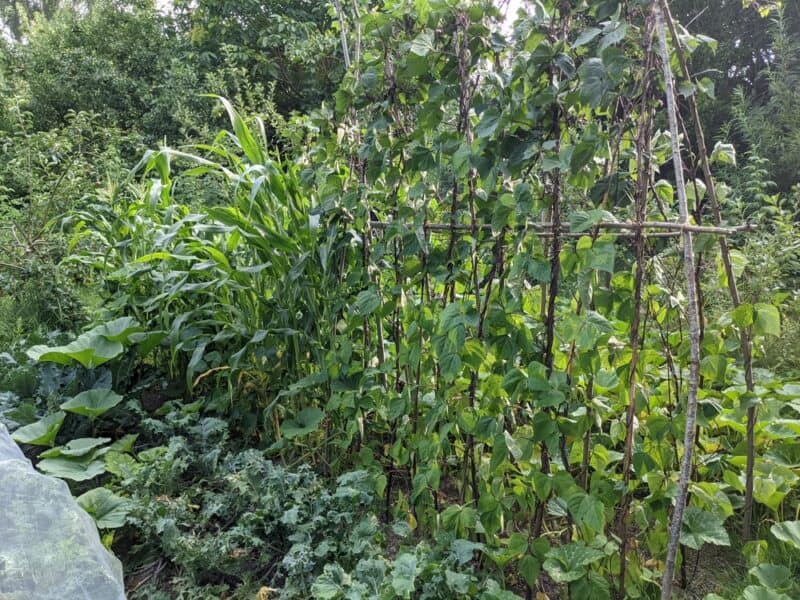
If you’re planting a “three sisters” (or four sisters, if you add sunflowers) guild garden, aim for companion plants native to your area. These evolved in the same conditions as your indigenous corn species and thus will thrive alongside it.
For example, here in Quebec, we grow Abenaki and Bear Island cultivars, which are well suited to our cold, slightly damp environment. We companion plant with Algonquin pumpkins, Mohawk beans, and sunflower cousins Jerusalem artichokes (aka “sunchokes”). These all thrive in our climate as they evolved over thousands of years.
In contrast, although we grow ‘Glass Gem’ corn, we’ve never had a truly successful crop. The plant ears are dwarfed, so the kernels are half the size they should be.
Additionally, remember that corn needs to be planted in blocks! The wind fertilizes these plants, so their silk styles will only catch pollen from the tassels if they’re very close by.
Additional Note for Indigenous Readers:
Many companies, including Truelove Seeds and Native Seeds, offer free heirloom seeds to Indigenous peoples from North and South America.
If you’re interested in growing indigenous corn or other species your ancestors cultivated, you may consider reaching out to them. If they don’t have the seeds that you’re interested in, they may be able to suggest alternative resources for you.
If you do grow these species successfully, please save the seeds for future generations in turn!
